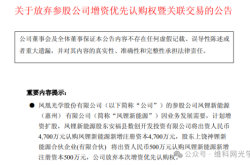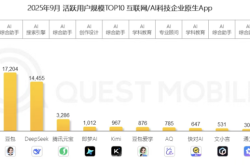"5.5G internet speeds are 10 times faster, but the price is too expensive," users say, "5G is sufficient, no need to upgrade."
![]() 08/15 2024
08/15 2024
![]() 533
533
As we all know, the world entered the 5G era in 2019, with many operators launching 5G networks that year.
Five years have passed since 2019, and during this period, 5G has developed rapidly. According to operator data, there are currently over 1.1 billion 5G users in China.
By the end of June, China Mobile had 514 million 5G users, China Telecom had 337 million, and China Unicom had 276 million, totaling over 1.1 billion users, with a 5G package penetration rate exceeding 80%.
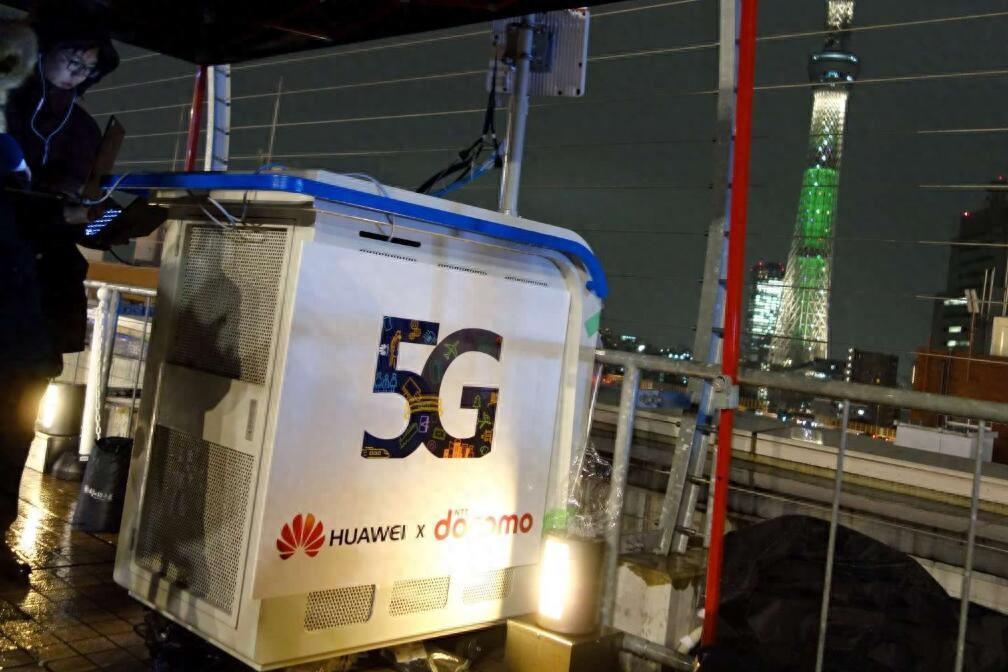
Similar to previous 3G and 4G technologies, 5.5G technology has emerged as the next step after 5G with further advancements in 5G technology.
5.5G technology, also known as 5G-A in technical terms, serves as a bridge between 5G and 6G. While it does not meet the standards of 6G, it offers faster speeds than 5G.
Compared to 5G, 5.5G offers speeds increased from 1Gbps to 10Gbps, along with three additional application scenarios: UCBC (Uplink Centimeter-Wave Broadband), RTBC (Real-Time Broadband Communication), and HCS (Hybrid Communication and Sensing).
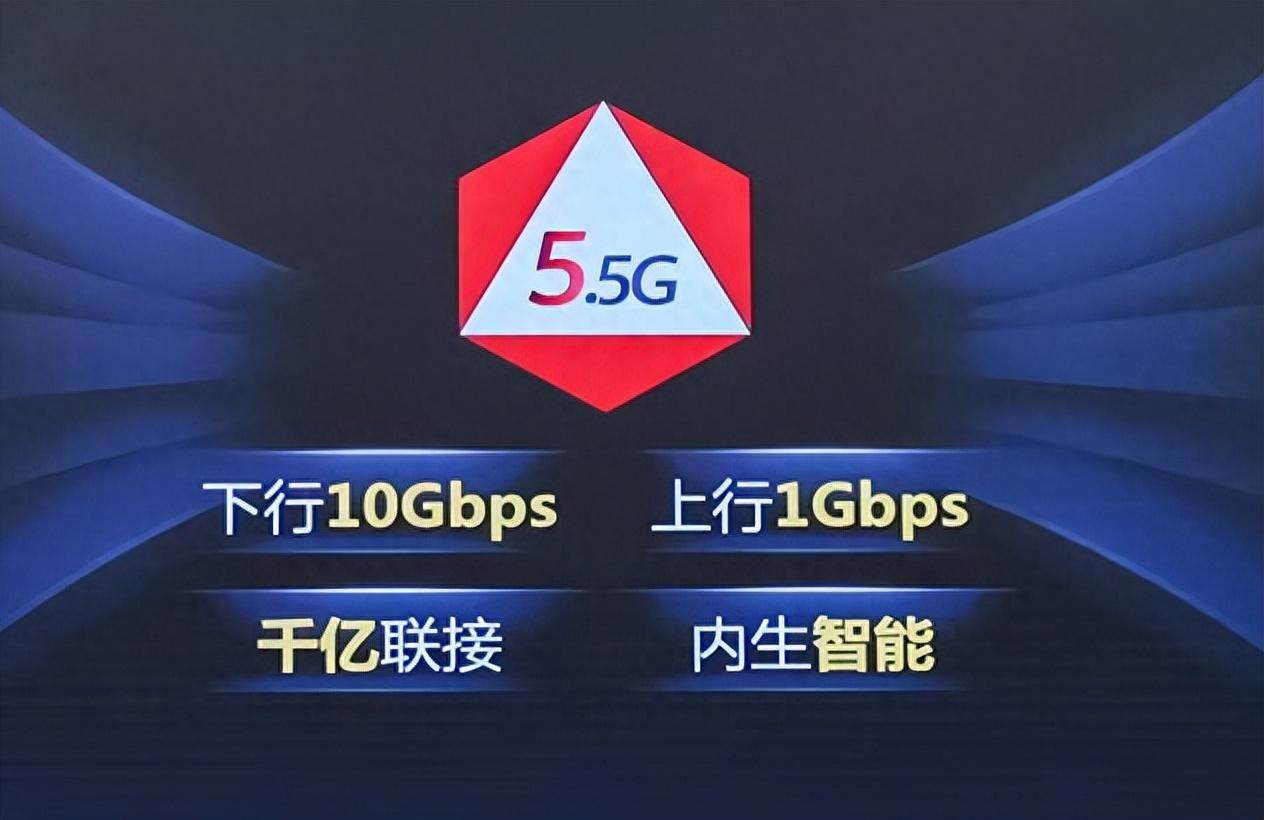
At the Mobile World Congress 2024 (MWC2024), Huawei unveiled its full range of 5G-A wireless solutions, signaling 2024 as the inaugural year for 5G-A commercialization.
Qualcomm's baseband chips also support 5.5G technology, with the X75 being the world's first baseband chip to do so.
Operators have also taken action, upgrading their networks to support 5.5G technology, similar to how they previously upgraded 4G to 4G LTE to enhance speeds. China Mobile, for example, plans to expand 5.5G coverage to over 300 cities nationwide within the year, building the world's largest 5G-A commercial network.

Recently, many netizens have noticed that with the support of 5.5G networks in these cities, some operators have already launched 5.5G packages.
However, these 5.5G packages are not cheap, with the cheapest experience package costing 199 yuan per month, and more expensive options at 299 and 399 yuan.
With a 5.5G package, users can enjoy downlink speeds of up to 3Gbps and uplink speeds of up to 200Mbps. While this falls short of the advertised 10Gbps, it is significantly faster than current 5G speeds, which typically range from 300-500Mbps downlink.
In fact, this represents a roughly 10-fold increase in speed.
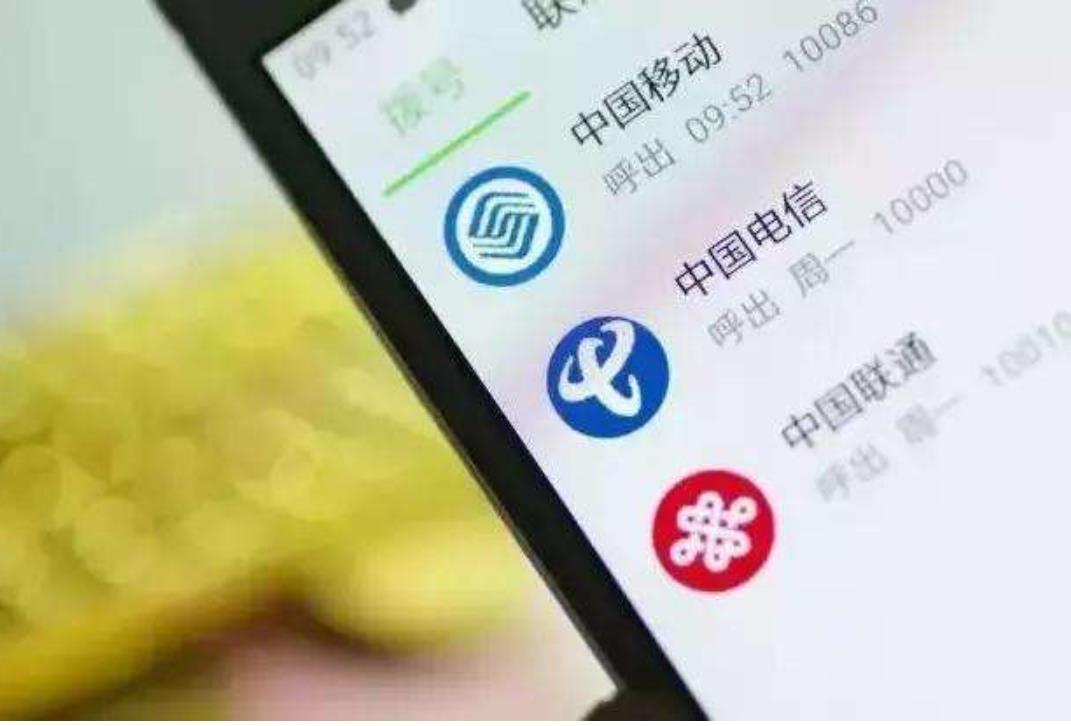
However, many netizens have expressed reluctance to subscribe to these expensive packages, deeming them unnecessary due to their high cost.
Many argue that 5G is already sufficient for their needs, as 4G is already more than enough for activities like watching videos or browsing social media on their phones. As such, there is no pressing need to upgrade to 5.5G.
Some users also express concern that operators might throttle 5G speeds to very low levels if 5.5G fails to gain traction, thereby pressuring users to upgrade.
In reality, 5.5G is more geared towards industrial applications rather than individual mobile consumption. It remains unclear why operators are introducing 5.5G packages targeted at individual users.

